As an avid photographer, Paul Crampton captures extraordinary images from a variety of subjects and viewpoints. Paul’s primary focus is on wildlife, the great outdoors, and black and white photography. With his enjoyment of spending time outdoors with his camera, Paul finds inspiration for his work with careful observation. Through Paul’s point of view, he allows us to gain an appreciation for the elements of the beauty of the natural world. As you browse through his photographs below, I think you’ll agree that Paul has an impeccable eye for detail and we as viewers can admire both the passion and drive that goes into his fine works.
It’s my pleasure to share Paul’s thoughts and ideas about his work with my readers. Paul, thank you so much for sharing your experiences with us and thank you so much for all your thoughtful responses. Your body of work is truly inspiring and I very much look forward to viewing more of your future pieces.
If you would like to learn more about Paul, please visit his website. You can also follow him on Facebook, Twitter, and Instagram.
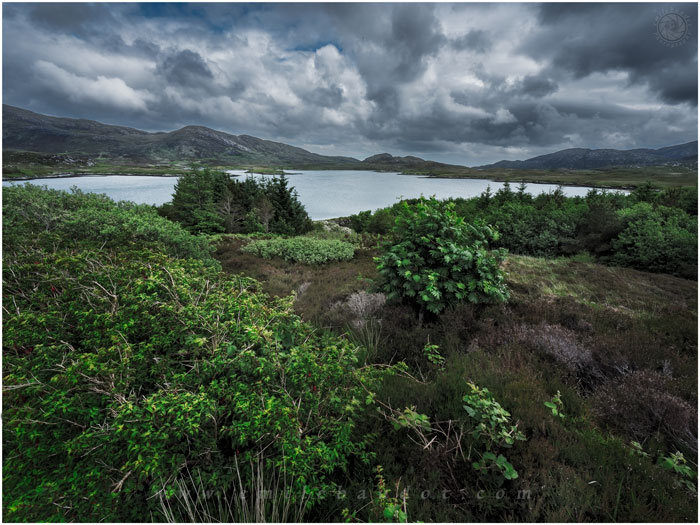
Can you please tell the readers a bit about yourself?
I was born in 1953, to a hard-working family and grew up in the Midlands, a region once at the very heart of England’s heavy industries. It follows, that as a boy, natural green-space was at a premium, and most of the natural world was found along railway embankments, disused clay pits, canals, mine spoil, and wild dingle (scrub woodland). Nevertheless, it was an environment sufficiently rich and diverse, as to kindle an interest in our wider natural world. They were good days and hold many happy memories for me.
Now, I have been retired for over tens years, having spent my former life serving in the military and with law enforcement. I suppose I’ve had an interesting career but one that subsumed so much of my time. Thankfully, when I finished work, all that changed. I can now commit a significant amount of time to both the great outdoors and to my photography. A perfect combination to redress the imbalance.
I have been married for nearly half a century and I feel I must say, that without my wife’s contributions and patience both on and off camera, I wouldn’t be writing these words.
Finally, I should point out, that the name emilebaudot, is an identity tag that I choose to use in the public domain as a tribute to my late Father. And should you be curious; this was the name of the French ship, pressed into service by the Royal Navy at Dunkirk and on which he served during World War II.
Where is home?
After many years of moving around, we finally settled in Gloucestershire, England, and now live close to the Cotswolds and the cathedral city itself.
What inspired you to be a photographer?

I suppose I have always had an interest in photography but as I said previously, never found time to promote the activity. Many years ago, I did receive some formal training in black and white photography and film processing, but this was more of a means to an end than an interest. Nevertheless, it did nurture some direction into the science and art behind photography, leading to a greater appreciation of the subject.
I have always been fascinated by the natural world and as you may have already guessed, a lover of the great outdoors. Over the years, I have learnt that seeking out and connecting with nature, is a great way to keep mind, body, and soul intact and active. So with more time on my hands, I simply took up photography to add a more challenging dynamic to my interest; a sort of – complementary activity. Furthermore, capturing visual memories provides an abiding, visual record on which to look back, when nature herself, decides it’s time to clip my wings.
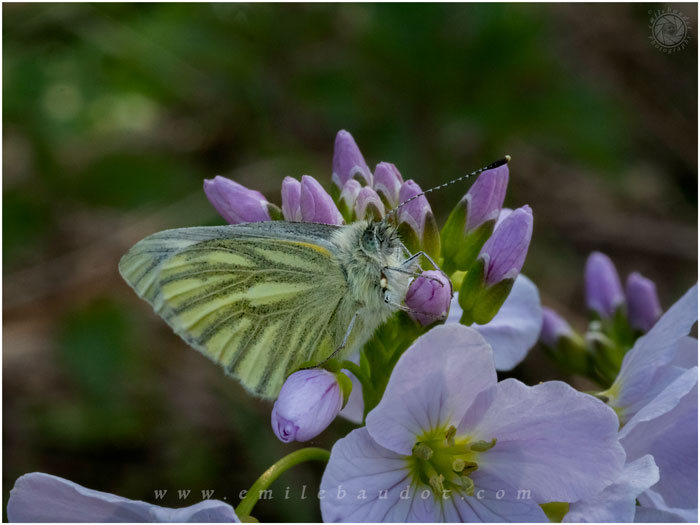
As my collection of images grew, I decided to share them on social media. It was then I witnessed the work of like-minded people and experienced the pleasure of viewing their captured moments. So I decided to ‘up my game’ and began to teach myself new camera skills and post-processing techniques. I wanted to develop my own personalised style of image and to share with anyone that wished to view them. So I think it’s safe to say, that my inspiration comes from the work of all those like-minded people, who contribute to the diverse art and science of photography; be they amateur or professional alike and in whatever genre.
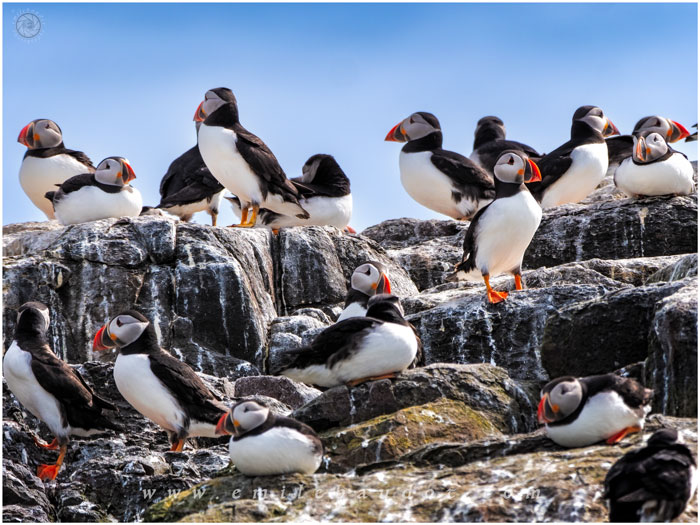
What is your favorite part of being a photographer?
This is a difficult one. The way I see it is that each element towards creating the final image, is completely dependent on the other. The first step is to get out into the great outdoors in order to experience my surroundings and engage with the landscape and nature. This embryonic step in any photograph is still my favourite element. So simply being out there with my camera, has to be top of the pile.
What is the most challenging part of being a photographer?
We all know there are many unique challenges to wildlife and landscape photography, particularly those relating to our wild subjects or the uncontrollable working environment. Clearly, I am not exempt from those challenges, so I suppose my own greatest challenge is doing the image justice in the end.
I must also add, that I am a self-taught amateur, and returning to photography after many years, has in itself, thrown up many challenges; non more so than in the field of post-processing. It has been a massive learning experience and using modern processing technologies to get the best from my images, has also been a real challenge for me personally. I still have so much to learn.
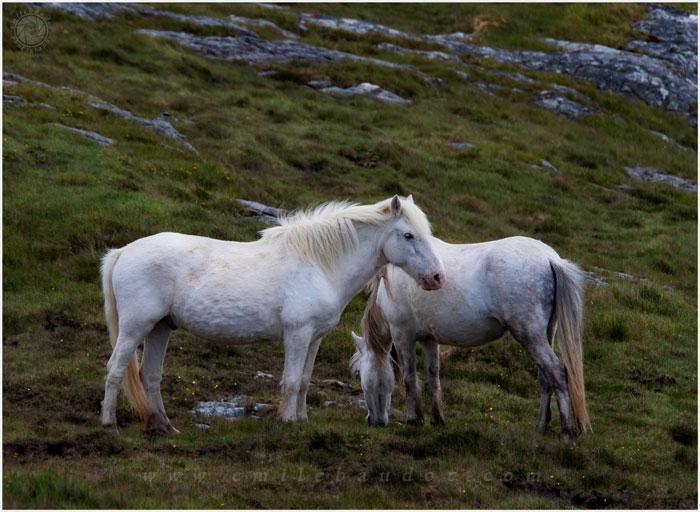
How did you develop your style?
Over the years we have travelled to many beautiful and interesting places, and when it comes to photography, my objective is not only to capture the visual image but also lock-in the atmosphere or mood. You will recall, doing the image justice is my greatest challenge and that is true. So in developing a style to meet this challenge, I simply reflect on the work of other landscape and wildlife photographers to provide compositional inspiration.
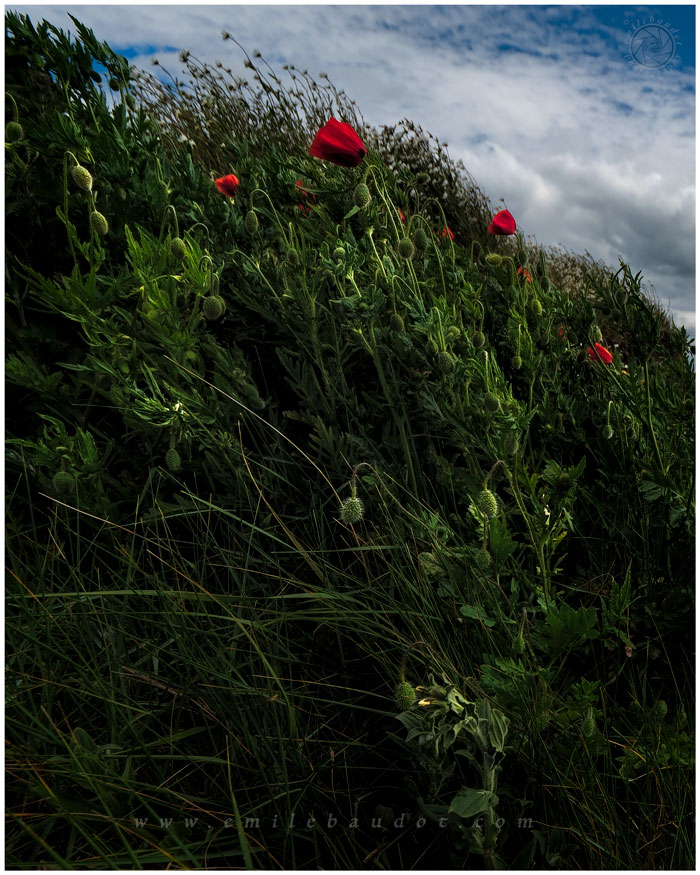
Before releasing the shutter, I do try to visualise the finished image, overlaying the most suitable compositional style, that fits the image in the viewfinder and simultaneously, planning the editing process. I am no artist, and achieving this can be difficult but surely that’s what it’s all about – the challenge and finding the path to develop a personal style. And maybe, just maybe, inspiring others.
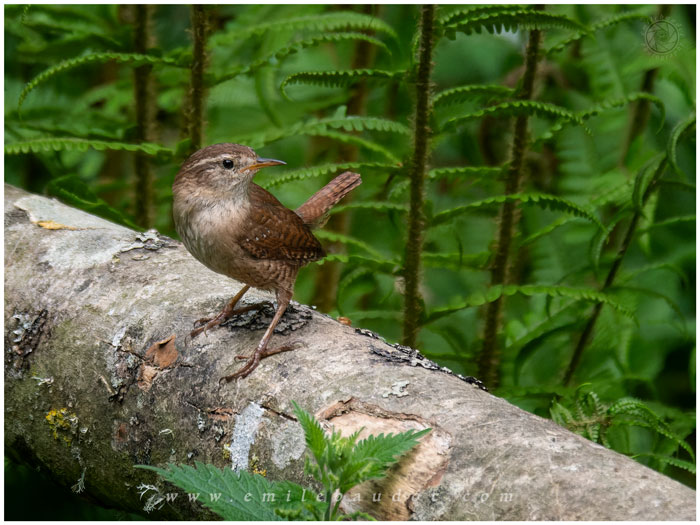
What drives you to create; does it satisfy a need or passion?
The driving force behind my photography is more an ‘enthusiasm’ rather than a need or passion. An enthusiasm driven by a hankering to make up for lost time and produce the best work I possibly can.
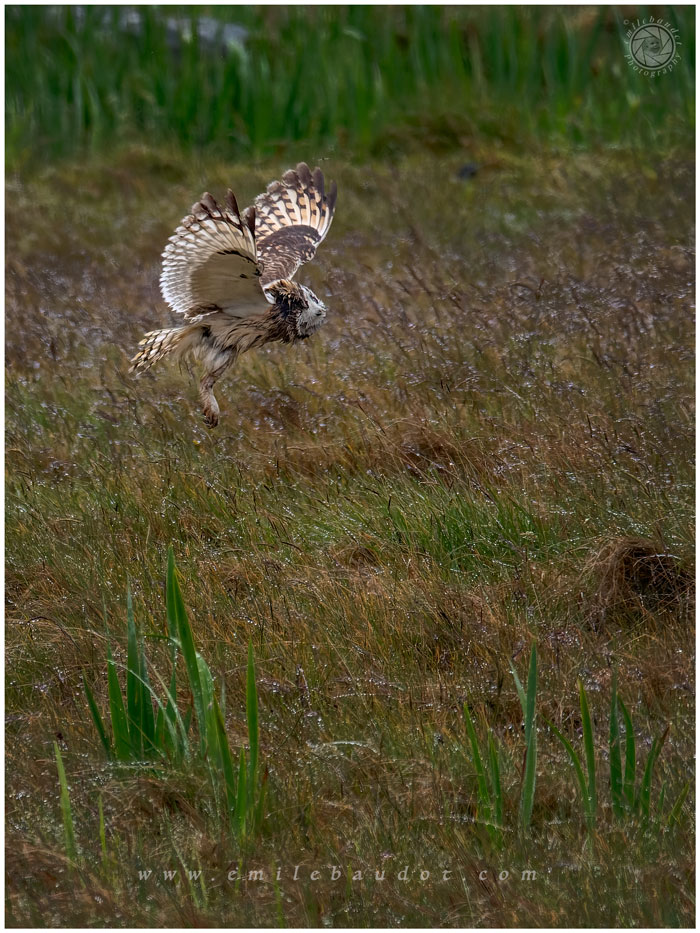
Who or what inspires you in your personal life and work?
I cannot think of a single person or determiner that truly inspires my personal life or maybe I have that many and cannot recall them individually. I simply don’t know. However, when it comes to photography, there are many out there that energise my learning. In particular: Mads Peter Iverson, Henry Turner, Mark Denney, Brian Matiash, Joshua Cripps, Jimmy MacIntyre, and Sean Bagshaw to name but a few.
What do you hope viewers take away from your images?
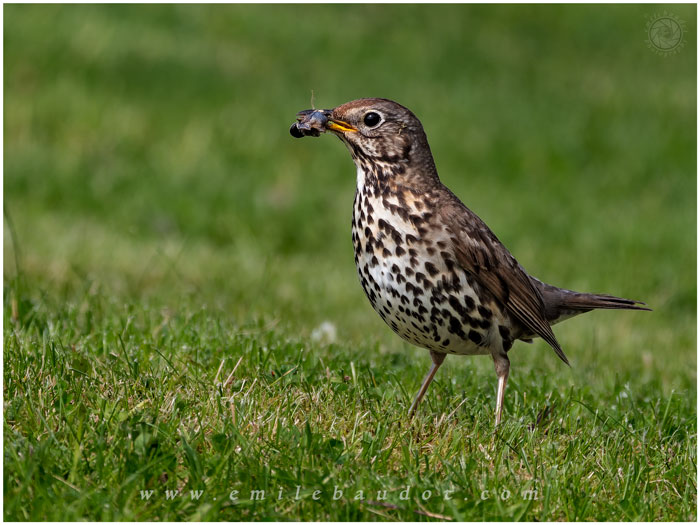
I simply display/post my images for others to enjoy. That’s my sole aim. I don’t wish for great accolades or torrents of likes, just a wish for the viewer to take away some pleasure from the image and share my wildlife experience or mood of the landscape.
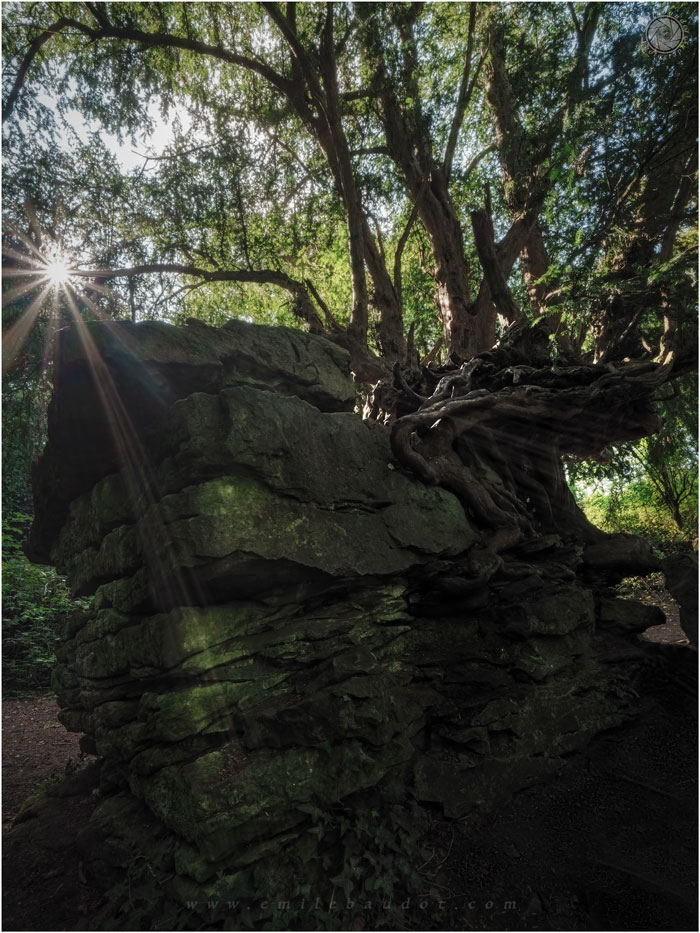
What type of camera(s) do you shoot with? What is your favorite lens?
I am a huge fan of micro four-thirds (mft) cameras and in particular the Lumix
DC-G9 & DC-G80.
When I rekindled my interest in photography, I decided to opt for the versatility of an mft system. Like all photographers, I wanted to achieve high image quality, and adopt a system that was light, compact, versatile, and of course, affordable. Furthermore, the advantages of doubling the focal length of all mft lenses greatly outweighed my concerns surrounding low-light photography. I’m glad to say, that since adopting the system, technology has moved on a pace regarding auto-focus, accuracy, and post-processing.
Following on from this, my favourite go-to lens is the Pan/Leica 100-400mm f/4-6.3 ASPH Power OIS DG Vario-Elmar.
What is in your camera bag?
Alongside my cameras, I carry a combination of:
Pan/Leica 100-400mm f/4-6.3 ASPH Power OIS DG Vario-Elmar
Pan/Leica 12-60mm f/2.8-4 DG Vario-Elmarit
Pan/Leica 8-18mm f/2.8-4 ultra wide angle zoom DG Vario-Elmarit
Olympus M.ZUIKO 60mm f2.8 macro lens
Pan/Leica 15mm f1.7 ASPH DG Summilux
Pan/Leica 25mm f1.4 ASPH DG Summilux
Panasonic DMW-BGG9E Battery grip for the G9
Godox VING V860oII0 TTL Li-Ion flash
Godox X1T-0 Wireless 2.4 GHZ TTL/HSS Trigger for off-camera shooting.
NiSi 6 & 10 stop ND filters
Leofoto Ranger LS-324C carbon fibre tripod with Leofoto LH-40 ball head
What is your favorite photography accessory?
My favourite accessory is the Think Tank Pro Speed Belt fitted with the adapter and Peak Design Capture Clip. This really makes a difference when carrying walking camera ready for any length of time or in difficult environments.
Thank goodness for my camera’s photo-peaking too!
Do you use Photoshop, Lightroom, or any other software programs for post-processing your images?
Yes. I use Photoshop and Lightroom for my post-processing. I also use DxO Deep Prime, when it’s necessary to address the inevitable noise and sharpness issues associated with high ISO photography and the mft censor.

Do you have any projects that make you look back and shake your head? What made the experience so unpleasant?
The has been plenty of head-shaking over the years largely attributable to my own faux pas, usually in camera work, composition, or missed opportunities. I cannot identify with any one particular project, as I seem to suffer from head shaking with a significant number across the board. However, these are far removed from being unpleasant; more OH NO! Place head in hands moments – disappointing shall we say.
Was there a point in your journey when you started to feel really good about your work? If so, what did it feel like to get past that “tipping point?”
Over the past year or so, I have started to feel better about my work but I don’t think I’ve reached my tipping point. This feel-good factor can be attributed to a growing confidence, and one gained by acquiring and refining a more complete set of photography competencies. I certainly feel that I am getting more out of my images now and selfishly, I suppose that’s what it’s all about. However, I must say that recently, I have become increasingly motivated by viewers particularly those on social media.
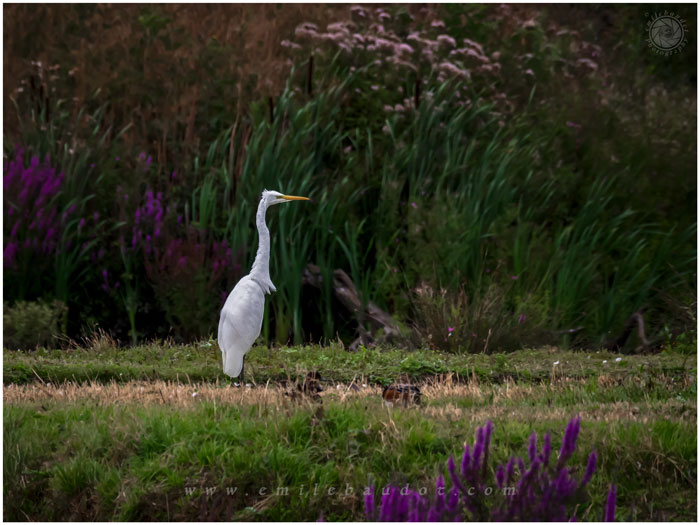
What do you think the future holds for you? Where do you see yourself in the next few years?
As for the future – well we all know that fate is inexorable but I will continue to take photographs for as long as I can and hopefully over the years ahead, become a better photographer and please more people with my images.
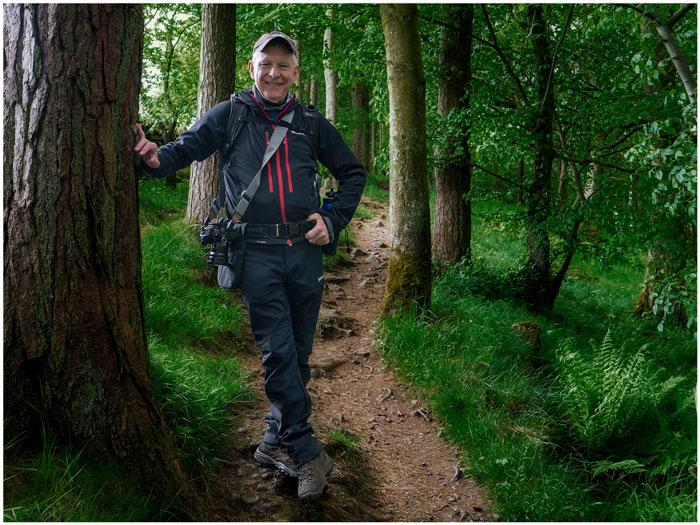
Leave a Reply